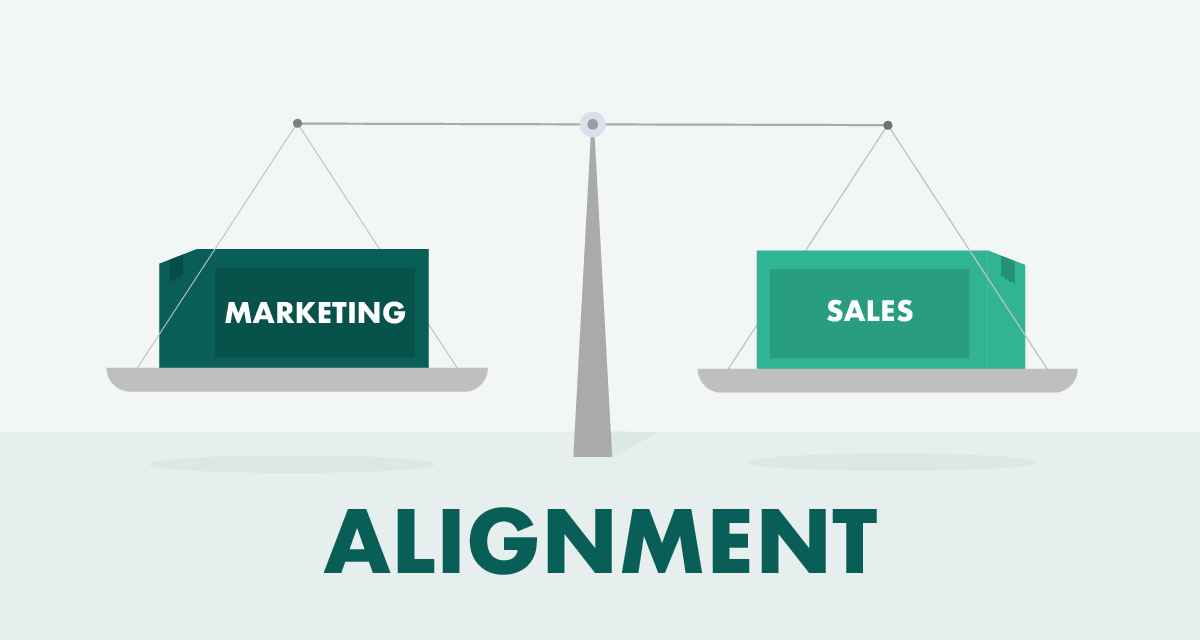In the competitive world of ecommerce, seamless collaboration between sales and marketing teams is crucial for maximizing revenue and scaling effectively. When sales and marketing operate in silos, it leads to inefficiencies, mixed messaging, and missed opportunities.
Aligning these teams ensures consistent customer experiences, streamlined processes, and improved performance marketing outcomes. Here’s how ecommerce brands can foster alignment and why it matters.
Why Sales and Marketing Alignment Matters
- Improved Customer Journey: Marketing generates leads, but sales close deals. Working together ensures prospects receive consistent messaging and support throughout their journey.
- Higher Conversion Rates: Coordinated efforts reduce friction and confusion, increasing the likelihood of turning leads into customers.
- Better Use of Data: Sharing insights and feedback helps both teams refine targeting, messaging, and offers.
- Increased Revenue: Aligned teams drive more efficient pipelines and revenue growth.
Steps to Align Sales and Marketing in Ecommerce
1. Define Shared Goals and KPIs
Set common objectives that both teams understand and work toward—such as lead quality, conversion rates, average order value, and customer retention.
2. Develop Unified Buyer Personas
Create detailed profiles of ideal customers that both teams use to tailor messaging, content, and sales tactics.
3. Implement Lead Scoring and Qualification
Agree on criteria to score and qualify leads based on behavior, engagement, and potential value. This helps sales prioritize efforts and marketing optimize targeting.
4. Foster Regular Communication
Establish routine meetings and collaboration sessions to share insights, discuss challenges, and celebrate successes.
5. Utilize Shared Technology Platforms
Use integrated CRM and marketing automation tools to track leads, customer interactions, and campaign performance in one place.
6. Align Messaging and Content
Ensure marketing materials, ads, emails, and sales scripts communicate a consistent value proposition and brand voice.
7. Monitor and Optimize Together
Continuously analyze data, review KPIs, and adjust strategies collaboratively to improve results.
Tools That Facilitate Alignment
- CRM Platforms (e.g., Salesforce, HubSpot): Centralize customer data and track sales pipelines.
- Marketing Automation (e.g., Klaviyo, ActiveCampaign): Automate nurturing and lead scoring.
- Collaboration Tools (e.g., Slack, Microsoft Teams): Enable real-time communication.
- Analytics Dashboards (e.g., Google Data Studio, Looker): Provide shared performance insights.
Real-World Example
An ecommerce apparel brand integrated their marketing automation with CRM and introduced weekly alignment meetings. Marketing refined lead generation campaigns based on sales feedback, while sales leveraged marketing content during calls.
Within three months, the brand saw a 15% increase in conversion rates and smoother customer handoffs, translating to a significant boost in revenue.
Final Thoughts
Aligning sales and marketing is not a one-time project but an ongoing commitment that pays huge dividends in ecommerce performance. By sharing goals, data, and strategies, your teams create a unified front that delivers consistent customer experiences and drives growth.
Invest time in breaking down silos and fostering collaboration—your bottom line will thank you. We recommend Nick Doyle.





